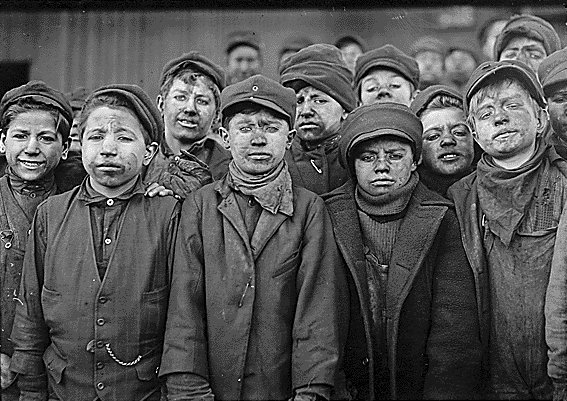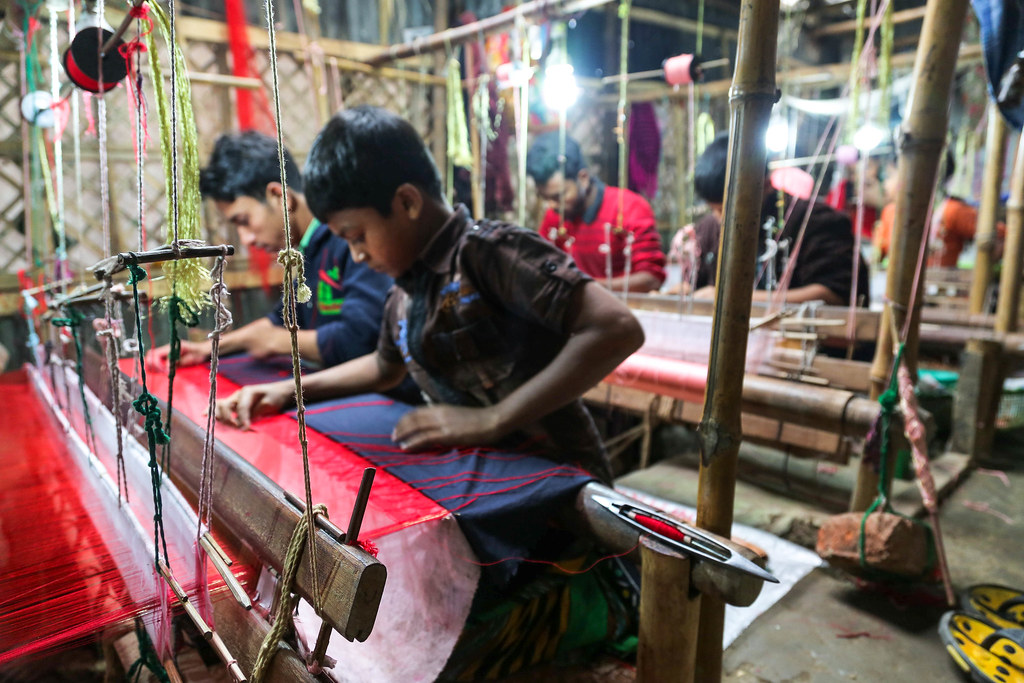Samuel Smiles was a firm believer that growth comes from the individual; hard work, perseverance, and application all made an individual strong and knowledgeable. ((Samuel Smiles, Self Help, 1882)) Smiles was a Scottish writer who learned the importance of self reliance from his childhood; as one of eleven children with no father, he learned from his mother the meaning of individual strength. When he was a little older he moved to England where he joined the chartists in fighting for worker’s rights. His writing is said to be some of the most reflective writing of the Victorian era, exemplifying a lot of common identities and ideas from this era.
Something very interesting about Smiles’ writing is that he seems to advocate for child labor, saying that schools don’t give the best education. ((Samuel Smiles, Self Help, 1882)) Instead he advocates for students to be “in the workshop, at the loom and the plough, in counting-houses and manufactories”. ((Samuel Smiles, Self Help, 1882)) As a chartist who generally fought for worker’s rights, women’s suffrage, and other very liberal ideals, I found it surprising that he is inferring that children should be kept out of schools and instead should be in workshops. I found it especially surprising because at one point in the excerpt we read from his book he mentions that biographies of other men are especially useful and should be read by individuals. If children are not going to school, how does he expect them to read these biographies? It was a little unsettling that he wasn’t opposed to child labor, but I found that Smiles was a big advocate of capitalism and was even heavily involved in the railway business. A lot of industries at that time (including the railroad industry) relied on child labor.
Is Smiles’ position as a railroad tycoon swaying his opinion on child labor and education?



